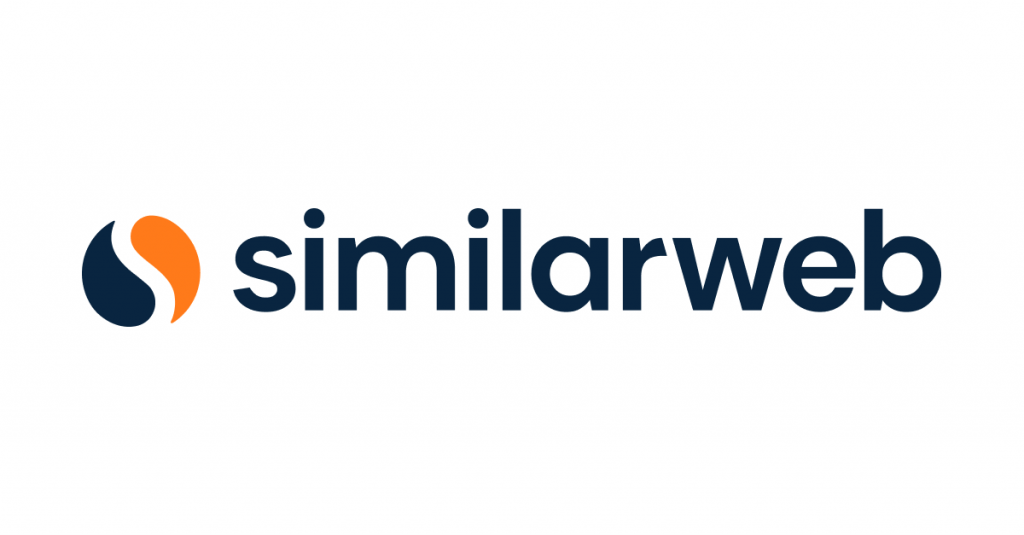In today’s ever-increasing digital age, understanding your competitors is no longer just about knowing what products or services they offer, but also about gauging their online presence and how influential they are within the market.
One of the best solutions to this is tracking competitors’ website traffic. The benefits of this will depend on what you’re looking for, but it can provide valuable insights into their popularity, reach, audience engagement and even their marketing strategies.

What Is Tracking Competitors Website Traffic?
With the world becoming increasingly digital, customers can access a wide range of similar businesses online in a matter of seconds. This is great because it means that customers can choose to shop at an establishment that best caters for their needs.
However, this also means that businesses are now competing on a much larger scale because they’re having to fight to grab the attention of customers who have lots of alternatives to choose from.
With the above in mind, businesses now more than ever need to understand how they compare to their competitors. Without this information, it has become increasingly difficult for businesses to perform well and capture the sales they require.
This is where tracking competitors’ website traffic comes in. At its core, it’s the process of monitoring and analysing the flow of visitors to competitors’ websites, but you’re also looking for specific valuable information, such as the following:
- Volume: The number of visitors a website receives.
- Sources: Where the visitors of a website are coming from.
- Demographics: Information about a website’s visitors, such as age and gender.
- Behaviour: What visitors do when they’re browsing a website.
How to Track Competitors Website Traffic?
Now we understand what is tracking competitors’ website traffic, the next thing to consider is how to do this.
If you’re in charge of monitoring your business’s website traffic data, you are probably familiar with Google Analytics, which is a tool that provides a range of metrics about your website. For instance, Google Analytics can tell you how many people visited your website over a specified period, where the visitors came from, how long they remained on your website, which pages they visited, and so on.
This is great when analysing your own traffic, but Google Analytics isn’t going to help you check in on the competition. Instead, you’ll need to use a tool that has similar features but focuses on competitors’ websites instead.
Some examples of highly-rated tools that do this include the following:
SEMRush

Semrush provides tools to monitor and analyse competitors’ website traffic, including data on unique visitors, how many pages a user visits, average visitor duration, geographical data, and audience demographics.
Sitechecker Pro

The Sitechecker Pro tool can help users pinpoint changes competitors have made to their websites and how they impacted traffic. It also offers the ability to view longer-term traffic data, engagement metrics, traffic sources and demographics, as well as paid and organic keyword data.
Similar Web

Similar Web aims to give users a detailed insight into the traffic of their competitors’ websites. This includes a broad traffic overview, website referrals, traffic through paid and organic keywords, social media referrals, display advertising, as well as a list of competitors.
UberSuggest

UberSuggests provides users with information about a competitor’s website traffic, with a focus on organic keyword referrals and rankings, monthly organic traffic, and historic traffic comparisons.
Why Track Competitors’ Website Traffic?
We’ve established what tracking competitors’ website traffic means and some ways of doing it. However, we now need to consider why this is something all businesses should be doing.
The following list provides examples of the benefits of tracking competitors’ website traffic:
Strategic planning: Analysis of traffic to specific competitor pages can help you anticipate potential marketing campaigns, product success, and other strategies. As such, you can shape your strategies to compete with and exceed competitor results.
Market insights: Monitoring competitor traffic and its behaviour on-site can help you identify market trends and gain insight into what customers are interested in.
Opportunity discovery: Competitor traffic monitoring can help to pinpoint where they are successful, so you can react if required. It can also point to gaps in the market with opportunities for you to capitalise.
Threat analysis: Traffic monitoring provides insight into competitor strategies, which can help you identify threats to your business and react promptly. Likewise, if you see a competitor lose traffic, you can adapt to avoid similar situations.
Performance benchmarking: Understanding how users interact with your competitors can help you to set benchmarks for your own performance.
Product Development: Large traffic volumes on pages offering new products, for example, can help you to understand developing trends. This can give you insight into products or services you should offer in the future.
Partnership building: Large volumes of referral traffic could indicate that a competitor has a partnership with a third party. This information could help you to identify similar opportunities for your business.

